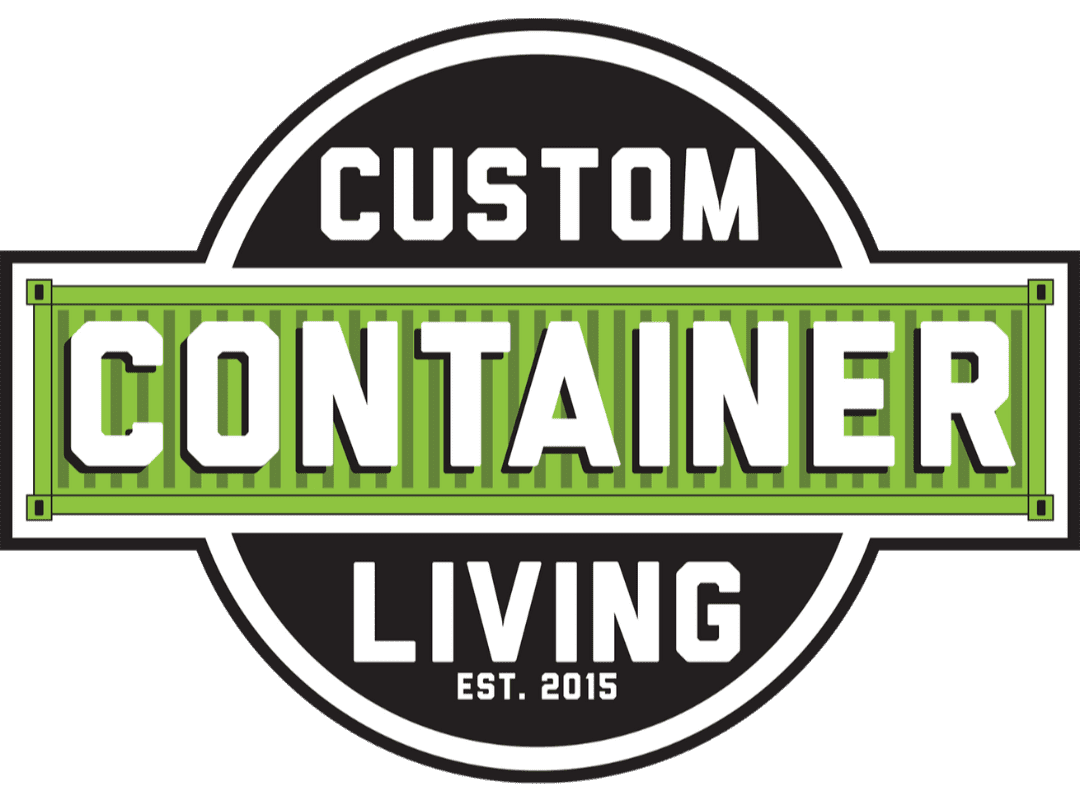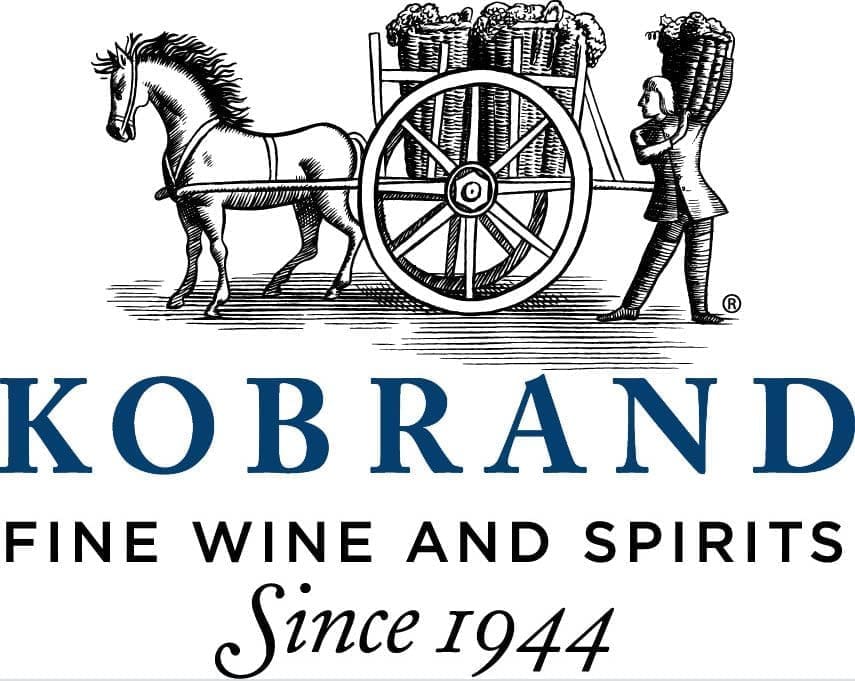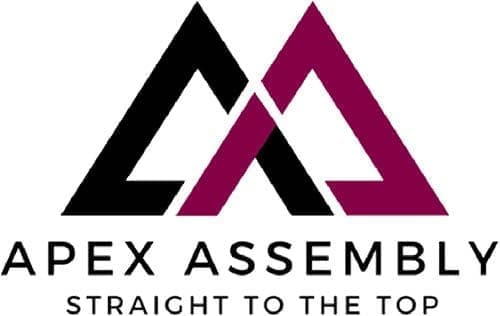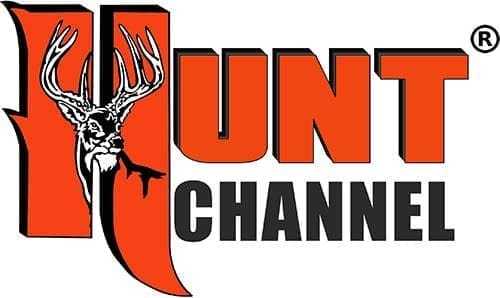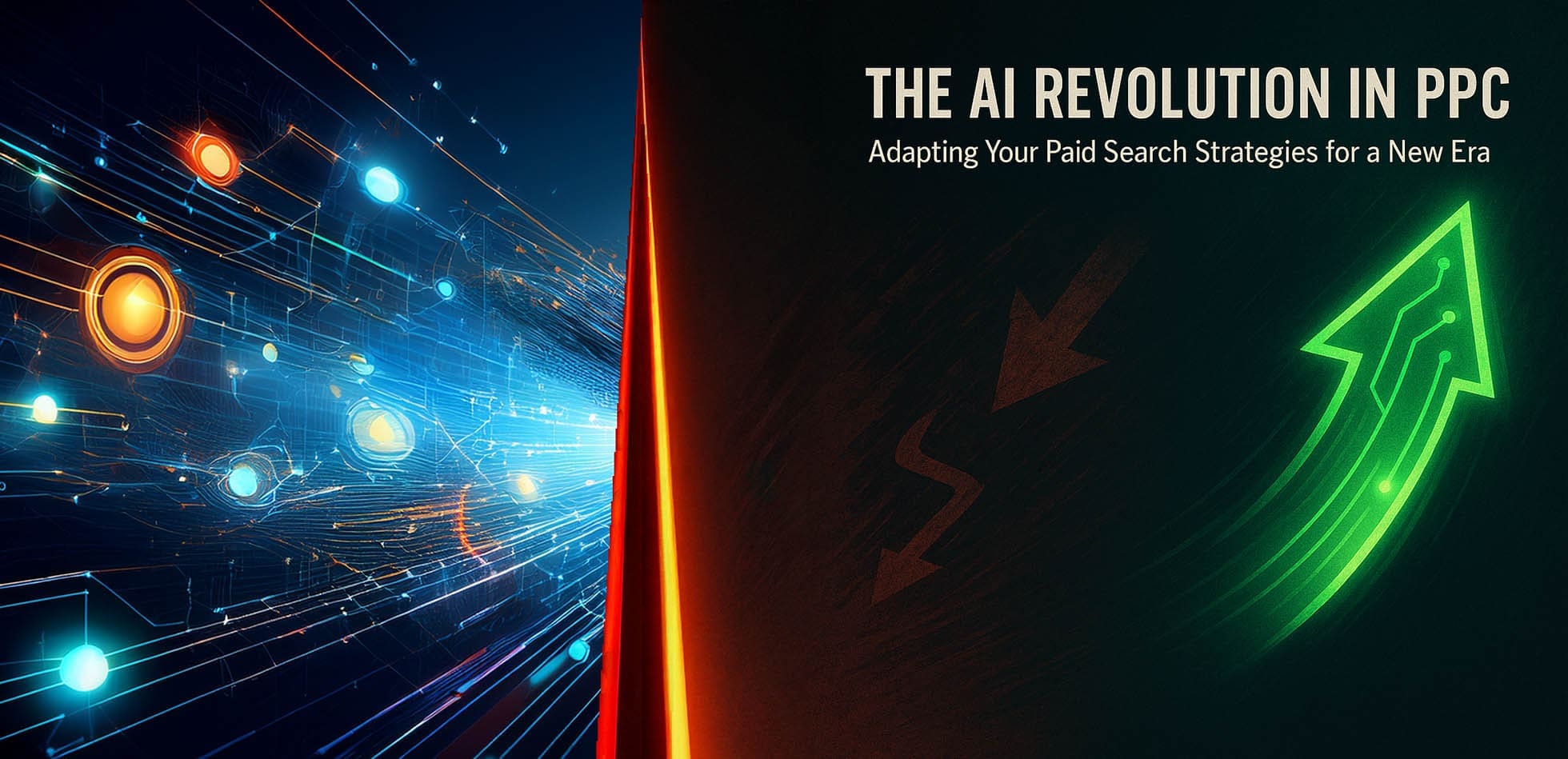The Marketer’s Blueprint to Agent Experience (AX) & Semantic SEO: Speaking AI’s Language
Alright, for years we’ve all chanted the “user-first” mantra in digital marketing, right? Crafting exceptional User Experiences (UX) has been king. And look, UX is still undeniably vital. But there’s a new player in town, equally critical in our AI-saturated world: Agent Experience (AX). What on earth is that? Well, as of 2025, your website isn’t just for human eyeballs anymore. It’s constantly being hit, crawled, and picked apart by a whole squadron of AI agents. If you’re ignoring them, you’re basically invisible to a huge chunk of the modern internet.
So, what is Agent Experience? Simply put, it’s about optimizing your digital stuff—your website, your content, the whole shebang—so these non-human entities can process it efficiently and, more importantly, accurately. We’re talking about search engine crawlers deciding your fate in rankings, Large Language Model (LLM) data ingesters fueling AI Overviews and chatbots, those voice assistants people are always talking to, and a host of other AI-powered tools. Here’s the kicker, the thing most marketers need to truly grasp: exceptional AX is achieved through solid semantic SEO. It’s all about structuring and marking up your content so machines understand its meaning, unequivocally.
Your website might look stunning, feel intuitive for people, but is it speaking clearly to the AI agents holding the keys to its future visibility? This isn’t just another buzzword; it’s fundamental. Let’s break down how to build an AI-friendly website by mastering AX and semantic SEO.
Defining the “Agent”: Who Are These Bots, Anyway?
Before you start tweaking code, you need to understand who you’re optimizing for. It’s a diverse cast of AI “agents,” each with its own agenda, but all of them love clear, structured information.
You’ve got your usual suspects:
Search Engine Crawlers (Googlebot, Bingbot, etc.): These are the old guard, but they’ve leveled up. Modern crawlers do far more than just index keywords; they perform sophisticated semantic parsing to understand context, entities, and the relationships within your content. Their goal? Index your site accurately to match it perfectly with relevant user queries. Simple in theory, complex in practice.
LLM Data Ingestion Bots: Think Common Crawl bots and proprietary crawlers for specific LLMs. These guys are data vacuums, gathering vast quantities of information to train and update those Large Language Models. What do they crave? High-quality, coherent text and structured information. Make it easy for them.
Then there are more specialized AI agents:
- Voice Assistants (Siri, Alexa, Google Assistant): These need to snatch specific info quickly to answer voice queries. No time for fluff.
- Data Aggregators & Analytics Tools: Various AI tools are constantly scraping websites for specific data – think product prices, company details, industry trends. Make your data easy to grab.
- AI-Powered Content Curation Tools: Platforms using AI to discover, summarize, and share relevant content. Yours could be among them, if it’s clear.
Now, here’s a crucial point: what AI agents “prefer” often differs wildly from human visual priorities. We love beautiful designs, right? AI, on the other hand, is all about:
- Structure over pure aesthetics: Clear, logical organization is king.
- Data efficiency: Fast load times, clean code, no unnecessary bloat.
- Unambiguous information: Clarity above all else.
- Machine-readable formats: Structured data and semantic HTML are their native languages.
Your mission with AX, should you choose to accept it, is to make it utterly effortless and error-free for these agents to access, comprehend, interpret, and use your content.
The Core Pillars of Agent Experience (AX) Optimization: Getting Technical Without Being Boring
Optimizing for AX isn’t some mystical art. It’s a holistic approach, built on solid foundations that are, surprise surprise, deeply connected to smart semantic SEO. Let’s look at the main pillars.
Pillar 1: Semantic HTML – The Skeleton That Gives Your Content Meaning
HTML isn’t just for making text bold or blue. It’s the very backbone of your site. Using HTML tags semantically means using them for their defined purpose. This creates that clear structural and contextual roadmap AI agents need. It’s more than just using <header>, <footer>, or <nav>. You need to understand their roles. An <article> tag, for example, tells AI “this is a self-contained piece,” like a blog post. An <aside> says “this is related, but to the side,” like a helpful note.
And headings (H1-H6)? Non-negotiable for AI. A logical, sequential heading structure (one H1 per page, please!) helps AI understand topical hierarchy and “chunk” information.
Think of it:
<h1>Your Awesome Page Title</h1> <p>Some intro text here.</p>
<h2>First Big Idea</h2>
<h3>Detail A about Big Idea</h3>
<h3>Detail B about Big Idea</h3>
<h2>Second Big Idea</h2>
Skipping levels (H1 to H4) or using headings just for looks? That’s just confusing for everyone, especially AI. Use CSS for your styling, folks. Lists (<ul>, <ol>, <dl>) and tables (<table>) are also brilliant for structuring information like features or data in an AI-friendly way.
Even using <blockquote> and <cite> correctly helps attribute information, which AI appreciates. Common mistake? “Divitis” – wrapping everything in <div> tags. It tells AI nothing.
Pillar 2: Structured Data Markup: Spoon-Feeding AI the Details
If semantic HTML is the skeleton, structured data (usually Schema.org) is like giving AI X-ray glasses with detailed labels on everything. It lets you stop implying meaning and start explicitly stating it in a machine-readable format. Ambiguity? Gone. This is huge for AX.
What schema types should you be all over in 2025?
- Organization / LocalBusiness: For your brand identity. Legal name, logo, address, contacts, social profiles – get it all in there.
- Article / NewsArticle / BlogPosting: For every piece you publish. Author, publisher, dates, headline, image – be thorough.
- Product: If you sell stuff, this is your bread and butter. Name, description, image, brand, SKU, GTIN, and crucially, offers (price, currency, availability) and review or aggregateRating.
- Event: For webinars, conferences. Name, dates, location (even VirtualLocation), organizer.
- FAQPage: Obvious, right? Question schema with its acceptedAnswer.
- HowTo: For instructional content, detail every step.
- Recipe: If you’re in food, use it. Ingredients, instructions, prep time.
- Person: For authors, team members. Name, job title, affiliations.
- Dataset: Got original research or data? Describe it with this.
How do you actually do this? JSON-LD is the way to go, usually in a <script> tag. Here’s a super simple Article snippet:
<script type=”application/ld+json”>
{ “@context”: “https://schema.org“, “@type”: “Article”, “headline”: “Why AX is Your New SEO Best Friend”, “author”: {“@type”: “Person”, “name”: “Pat Expert”}, “publisher”:
{“@type”: “Organization”, “name”: “Future Digital Co”, “logo”:
{“@type”: “ImageObject”, “url”: “https://bilmartech.com/wp-content/uploads/2025/05/Speak-AIs-Language-Your-AX-and-Semantic-SEO-Blueprint.jpg“}},
“datePublished”: “2025-05-18”, “image”: “https://bilmartech.com/wp-content/uploads/2021/08/Bilmar-Technologies-Logo-275.png” }
</script>
Test your structured data! Use Google’s Rich Results Test and the Schema Markup Validator. Don’t make common errors like missing required bits or having markup that doesn’t actually match your visible content.
Pillar 3: Content Clarity & Natural Language – Machines Are Readers Too, Sort Of
Structured data is great, but the actual words on your page? They still need to be crystal clear for the Natural Language Processing (NLP) algorithms AI agents use. So, write clearly! Avoid excessive jargon or slang that AI might bungle. If you must use industry terms, maybe define them simply. Simple sentence structures (subject-verb-object) are often easier for AI to parse accurately than long, convoluted ones. Make sure your pronouns are clear – who or what is “it” referring to? Be consistent with terminology for the same concepts.
When you mention key entities (your company, products, people), make it obvious. If a name is ambiguous, provide context or link to authoritative pages to help AI disambiguate. Readability scores? While for humans, super complex text can also challenge NLP. Aim for clarity that benefits everyone. And simple formatting helps: short paragraphs, strategic bullet points, and even good use of white space can help AI segment and understand text better.
Pillar 4: Site Architecture & Internal Linking – The GPS for AI
How your website is structured and how your pages link together? That’s like giving AI a super-detailed GPS for your content. A clear, intuitive site hierarchy (think Homepage > Category > Subcategory > Article) helps AI get the lay of the land. Don’t bury your important stuff too many clicks deep; that’s just asking for it to be ignored.
Internal linking is your secret weapon here. Use descriptive anchor text – words that actually tell AI (and users!) what the linked page is about. Forget “click here.” Build topic clusters. You have a main “pillar page” on a big topic, right? That page should link out to more specific “cluster” or “spoke” pages diving deeper into subtopics. And those spoke pages? They link back to the pillar and to each other where it makes sense. This screams expertise to AI. Place links contextually. And please, no orphaned pages! Every important page needs some internal paths leading to it. Even your URL structure should be clean and reflect the content. Breadcrumbs (with BreadcrumbList schema, of course) are also fantastic for showing AI the lay of the land.
Measuring & Auditing Agent Experience: Are You Actually AI-Friendly, or Just Pretending?
This isn’t a “one and done” thing. You’ve got to check your work. Regularly. So, what’s in your AX auditing toolkit?
Schema Validators: You know these – Google’s Rich Results Test, Schema Markup Validator. Non-negotiable.
SEO Crawlers: Tools like Screaming Frog, Sitebulb, or the site audit features in Ahrefs/Semrush can crawl your site like a bot and scream (pun intended) about issues: broken links, orphaned pages, messed-up heading structures, metadata problems.
Google Search Console: Your best friend for understanding how Googlebot sees you. The URL Inspection Tool is gold. Crawl Stats? Tells you what Googlebot’s been up to. Enhancements section? That’s your schema report card.
Server Log Analysis: Want the unfiltered truth? Server logs show how all AI agents are hitting your site – their frequency, paths, the errors they hit. This is advanced, but the insights can be incredible.
What are you actually looking for in an AX audit? Things like: Is your schema valid and rich on all relevant pages? Are you using semantic HTML tags correctly? Is your internal linking logical, with good anchor text, and no orphans? Are there any unintended robots.txt blocks or rogue noindex tags? Is your metadata complete? A regular review – maybe quarterly, maybe bi-annually – is essential. AI changes. Your site changes. Your AX efforts need to keep up.
The Beautiful Symbiosis: Strong AX IS Semantic Search Success
Here’s where it all comes together beautifully. All this effort you put into Agent Experience? It directly, powerfully fuels your success in semantic search. They’re not just related; they’re practically married. Semantic search, at its heart, is about search engines understanding the meaning and intent behind queries, not just matching keywords like some clunky old database.
And what enables this deep, nuanced understanding? You guessed it: all those AX pillars we’ve talked about. Semantic HTML, comprehensive structured data, clear natural language, logical site architecture – you’re making it dead easy for them to figure out what your content is really about. This leads to better entity recognition – search engines knowing precisely who you are, what you offer, and what concepts you’re an expert in. They get a much richer contextual understanding. And the result? They can match your content more accurately to a wider, more relevant range of user queries, including those long-tail, conversational searches people love to use. A site meticulously optimized for AX today is simply better prepared for whatever AI cooks up tomorrow. You’re building a resilient foundation.
Build for AI, Win with Humans – That’s the New Digital Presence
In 2025 and beyond, let’s be clear: Agent Experience isn’t some obscure technical checklist for SEO nerds. No. It’s a central, non-negotiable pillar of a modern, resilient, and ultimately successful digital marketing strategy. It means acknowledging that your audience now decisively includes sophisticated AI.
The fantastic news is that by focusing on making your content’s meaning crystal clear to machines, you are, almost as a side effect, also enhancing its relevance and discoverability for your human users. The long-term benefits are massive: better visibility in both classic search and in those AI-powered summaries, a more accurate representation of your brand by AI systems, stronger overall search performance, and a website that’s genuinely future-ready. It’s time to make sure your digital presence isn’t just talking, but speaking the language of AI fluently and confidently.
Clients Who Trusted Us
We establish strong business relationships with our clients and have a vested interest in their success. We pride ourselves in being that trusted partner who our clients can rely on and have the confidence their best interests are being served. Here are just some of the many client partners who have trusted us.










